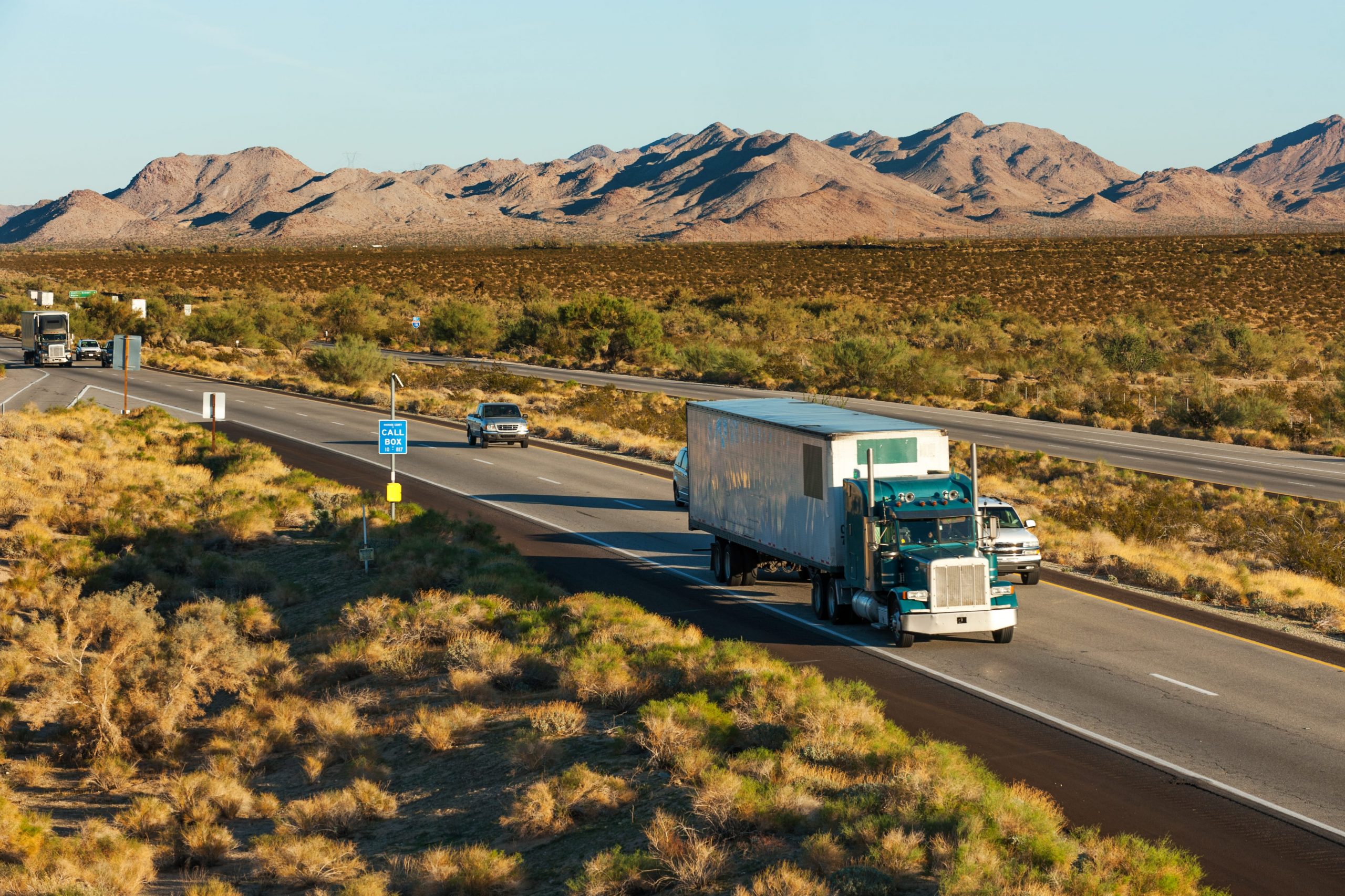Planning Moving Across State Lines for Businesses
Planning Moving Across State Lines for Businesses
Blog Article
If you’re planning for an interstate move, you probably have a lot of questions ahead.
Whether you’re moving a small apartment or relocating an entire home, this guide will help you navigate the process confidently.
Let’s dive into the world of interstate relocation and uncover what it really takes to move to another state.
What Makes Interstate Moving Unique?
When you cross state lines, your move falls under federal regulations, typically overseen by the FMCSA (Federal Motor copyright Safety Administration).
You also need to account for different tax laws in each state.
Understanding the scope of an interstate move prepares you to budget more accurately, manage your time better, and set realistic expectations for delivery and setup.
Finding the Perfect Cross-State Moving Partner
Sites like Better Business Bureau and FMCSA’s mover search tool are great resources for screening movers.
Ask about additional fees such as fuel surcharges, long carry charges, or storage if needed.
Trust your instincts: if something feels off or too good to be true, it probably is.
Factors That Influence Interstate Moving Costs
Several factors shape the price of interstate moving services. The biggest is distance—the longer the trip, the higher the fuel, labor, and time costs.
Additional services can also raise the bill.
Planning ahead and informing your moving company about these conditions helps avoid surprise charges on moving day.

Step-by-Step Guide to Organizing a Long-Distance Move
Early preparation gives you enough time to handle unexpected challenges calmly.
Inventory management is key.
Finally, prepare an essentials kit for the days surrounding your move.
Comparing Different Interstate Moving Services
Not all interstate moving services are the same, and understanding your options helps you choose wisely.
Container services (like PODS) offer flexibility: you load the container yourself, and the company transports it across state lines.
When comparing services, consider your priorities: Do you value convenience or budget?

Top Pitfalls in Long-Distance Moves
Booking early not only secures better pricing but also gives you time to research and prepare properly.
Another common pitfall is failing to check mover credentials.
Using cheap boxes, skipping labels, or failing to protect fragile items increases the risk of breakage.
Budget-Friendly Strategies for Interstate Relocation
To cut costs Qual o valor de um frete de mudança? on interstate moving, start by downsizing.
Don’t settle for the first estimate; gather at least three and negotiate if possible.
Combining professional help with DIY strategies creates a cost-effective balance that fits your budget and schedule.
Wrapping Up Your Interstate Moving Journey
In veja o sitemais informacoes sobre isto summary, a successful interstate move depends on careful planning, smart budgeting, and choosing the right service providers.
Investing time in research, comparing services, and preparing in advance pays off during a long-distance relocation.
Best of luck on your journey to a new home!
Your Interstate Moving Questions Answered
What’s the cheapest way to move between states?
The cheapest options include renting a moving truck, using a freight trailer, or downsizing your load to reduce weight.
When should I hire movers for a long-distance move?
Early booking secures your preferred dates and gives you time to prepare.
Are there things I can’t include in an interstate move?
Properly disposing or transporting restricted items yourself avoids legal and safety issues.
Do I need extra coverage for my interstate move?
Review your coverage options carefully and understand the claims process before moving day.
Do movers provide tracking for long-distance relocations?
Many professional interstate movers offer shipment tracking systems or regular status updates.
Report this page